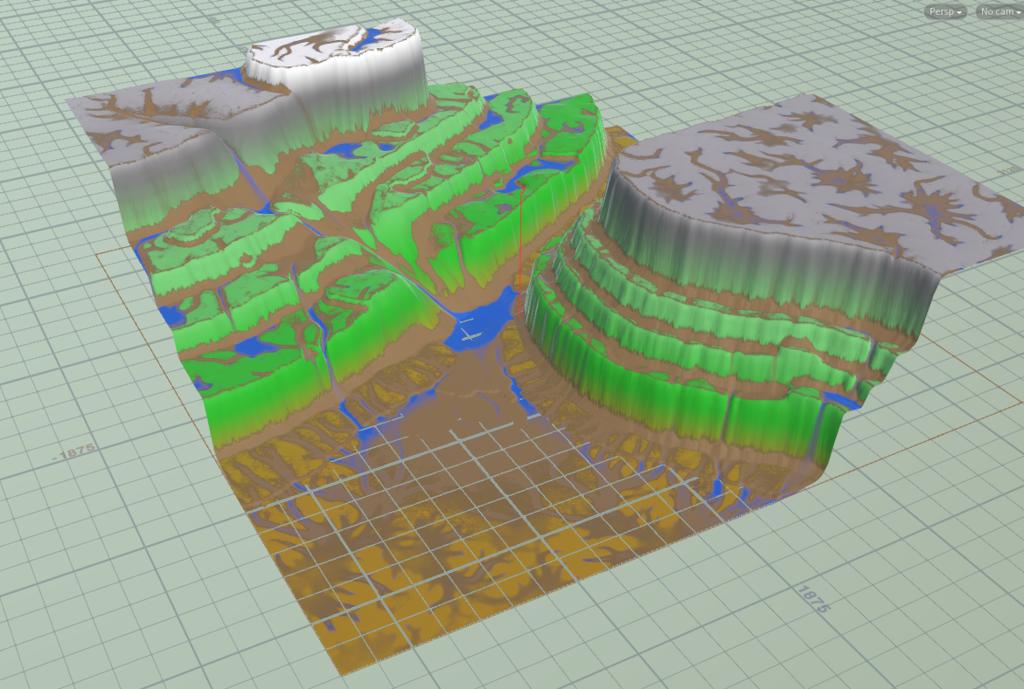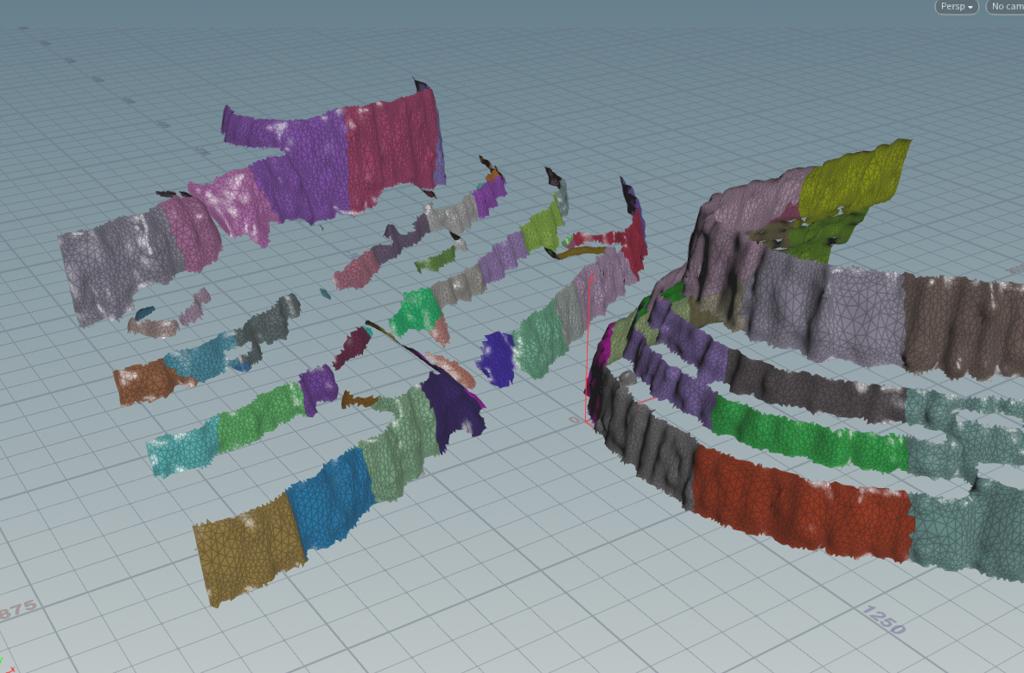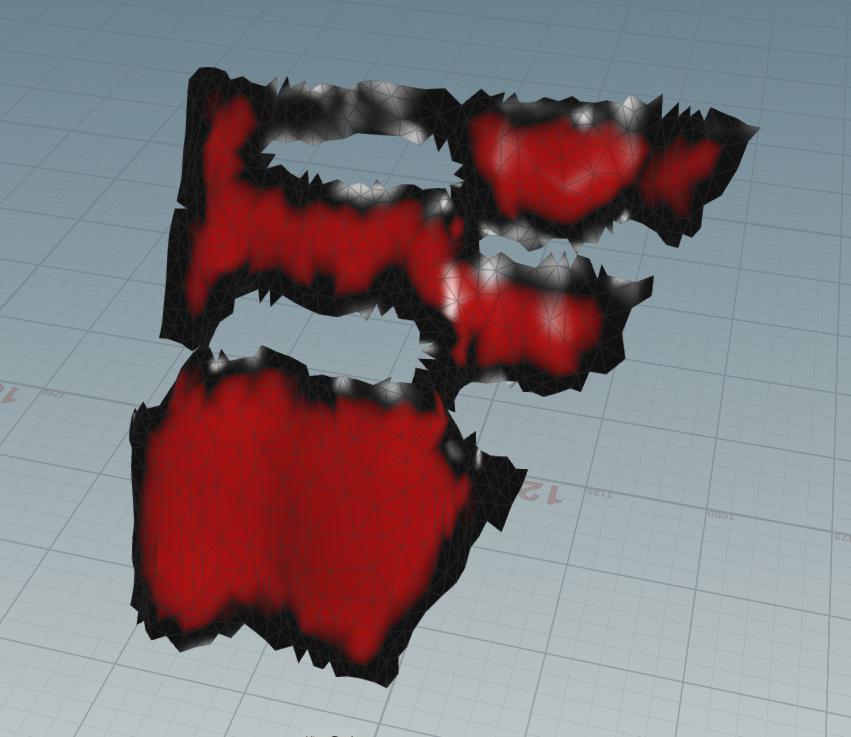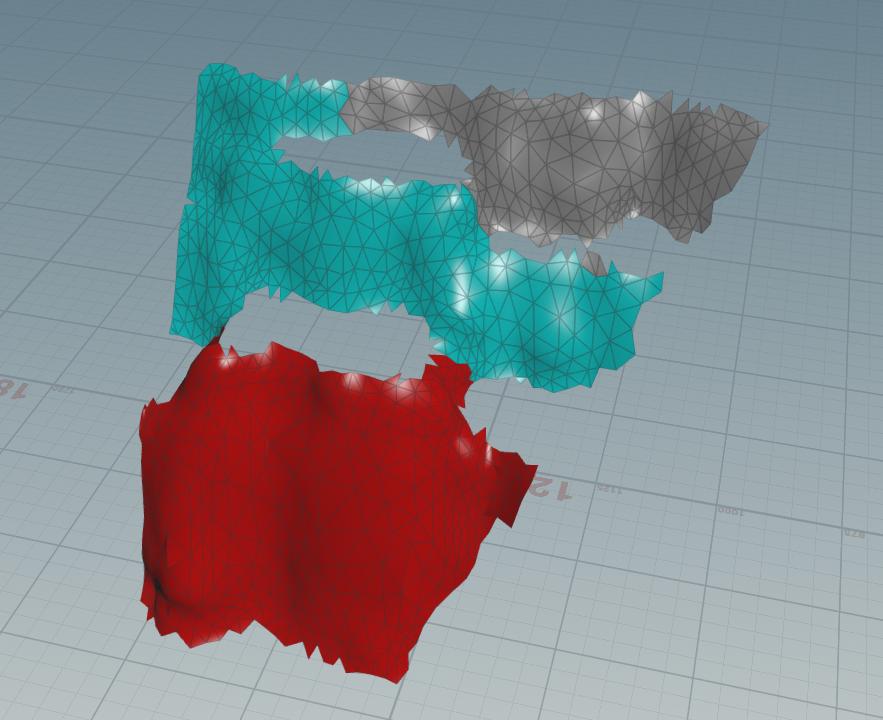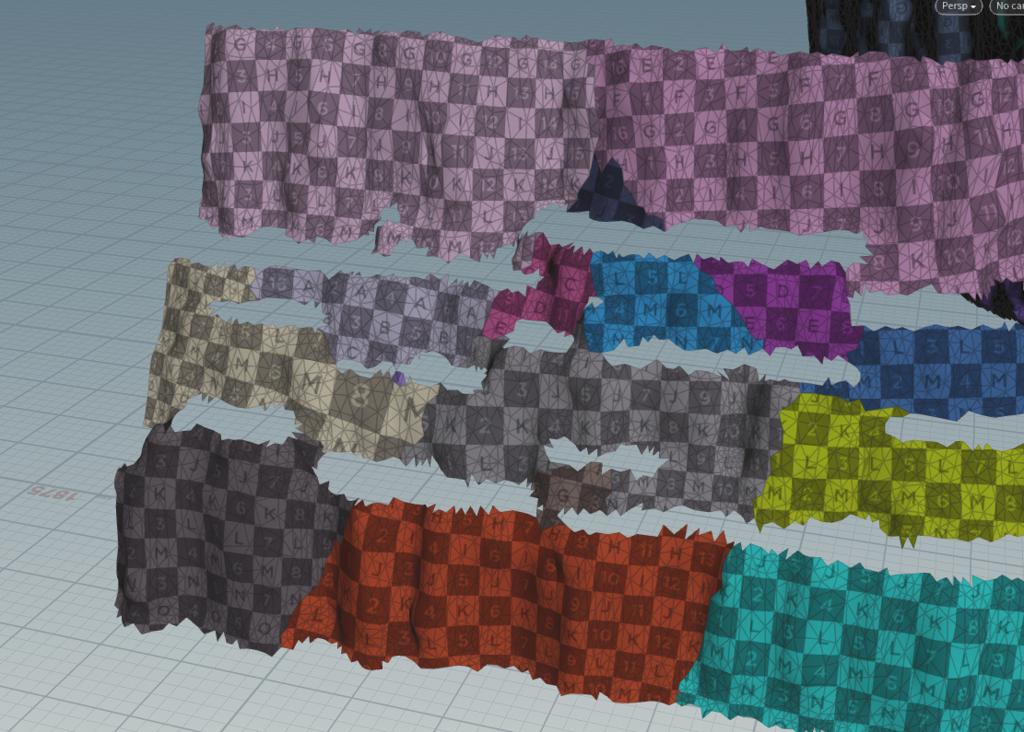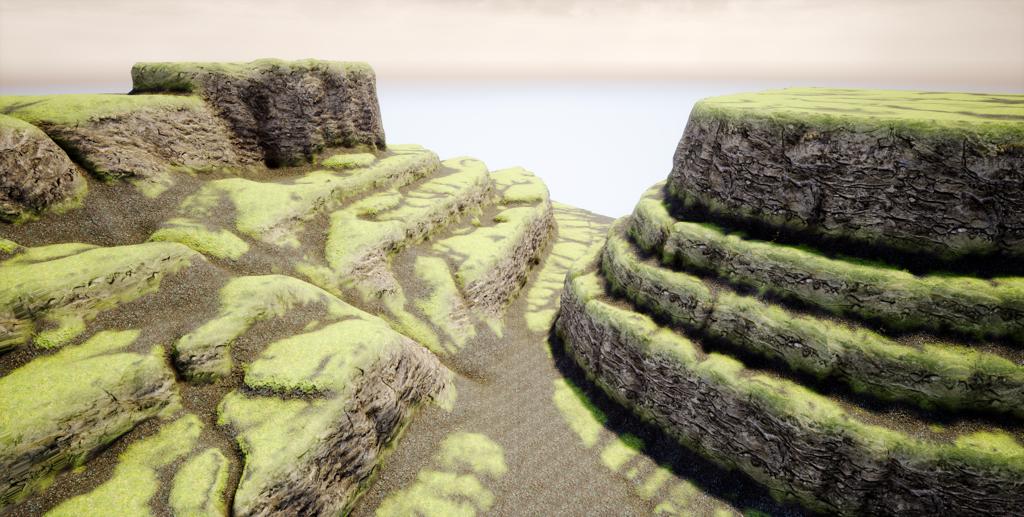1
2
3
4
5
6
7
8
9
10
11
12
13
14
15
16
17
18
19
20
21
22
23
24
25
26
27
28
29
30
31
32
33
34
35
36
37
38
39
40
41
42
43
44
45
46
47
48
49
50
51
52
53
54
55
56
57
| vector pos0 = point(0, "P", 0);
vector uv0= point(0, "uv_transfered", 0);
vector avgNormal = normalize(v@avgN);
float anglesum = 0;
vector center = getbbox_center(0) ;
vector uvcenter = (0,0,0);
for(int i = 1; i < @numpt; i++){
uvcenter += point(0, "uv_transfered", i);
}
uvcenter /= (@numpt - 1);
vector up = (0,1,0);
up.y = 1;
vector avgPlaneX = cross(up, avgNormal);
vector avgPlaneY = cross(avgNormal, avgPlaneX);
v@avgX = avgPlaneX;
v@avgY = avgPlaneY;
for(int i = 1; i < @numpt; i++){
vector thispos = point(0, "P", i);
vector thisuv = point(0, "uv_transfered", i);
vector position_offset = (thispos - center);
vector uv_offset = normalize(thisuv - uvcenter);
float position_offset_project_on_angN = dot(avgNormal, position_offset);
vector position_offset_project_on_angNPlane = position_offset - position_offset_project_on_angN * avgNormal;
float onX = dot(avgPlaneX, position_offset_project_on_angNPlane);
float onY = dot(avgPlaneY, position_offset_project_on_angNPlane);
vector onAvgPlane = (0,0,0);
onAvgPlane.x = onX;
onAvgPlane.y = onY;
//setpointattrib(0, "P", i, center + onX * avgPlaneX + onY * avgPlaneY);
float dot = dot(normalize(onAvgPlane), uv_offset);
float angle = acos(dot);
vector crossangle = cross(normalize(onAvgPlane), uv_offset);
if(crossangle.z>0){
if(dot > 0){
angle = -angle;
}
else{
angle = 2*3.1416 - angle;
}
}
anglesum += angle;
setpointattrib(0, "errorness", i, dot);
//setpointattrib(0, "errorness", i, angle * 360 / (2 * 3.14159));
setpointattrib(0, "pos_offset", i, normalize(onAvgPlane));
setpointattrib(0, "uv_offset", i, uv_offset);
//@errorness = dot(position_offset, uv_offset);
}
anglesum /= (@numpt - 1);
@anglesum = anglesum * 360 / (2 * 3.14159);
|

